In the world of jewelry, the terms "bangle" and "bracelet" are often used interchangeably, yet they embody distinct characteristics and histories that appeal to diverse tastes and traditions. So, what is the difference between a bangle and a bracelet?
This comprehensive guide dives deep into the essence of both bangles and bracelets, exploring their definitions, historical significance, and the nuances that set them apart. We'll also provide practical guides for selecting the perfect piece for any occasion or as a thoughtful gift. Join us as we compare bangle vs bracelet and learn to make informed jewelry choices!
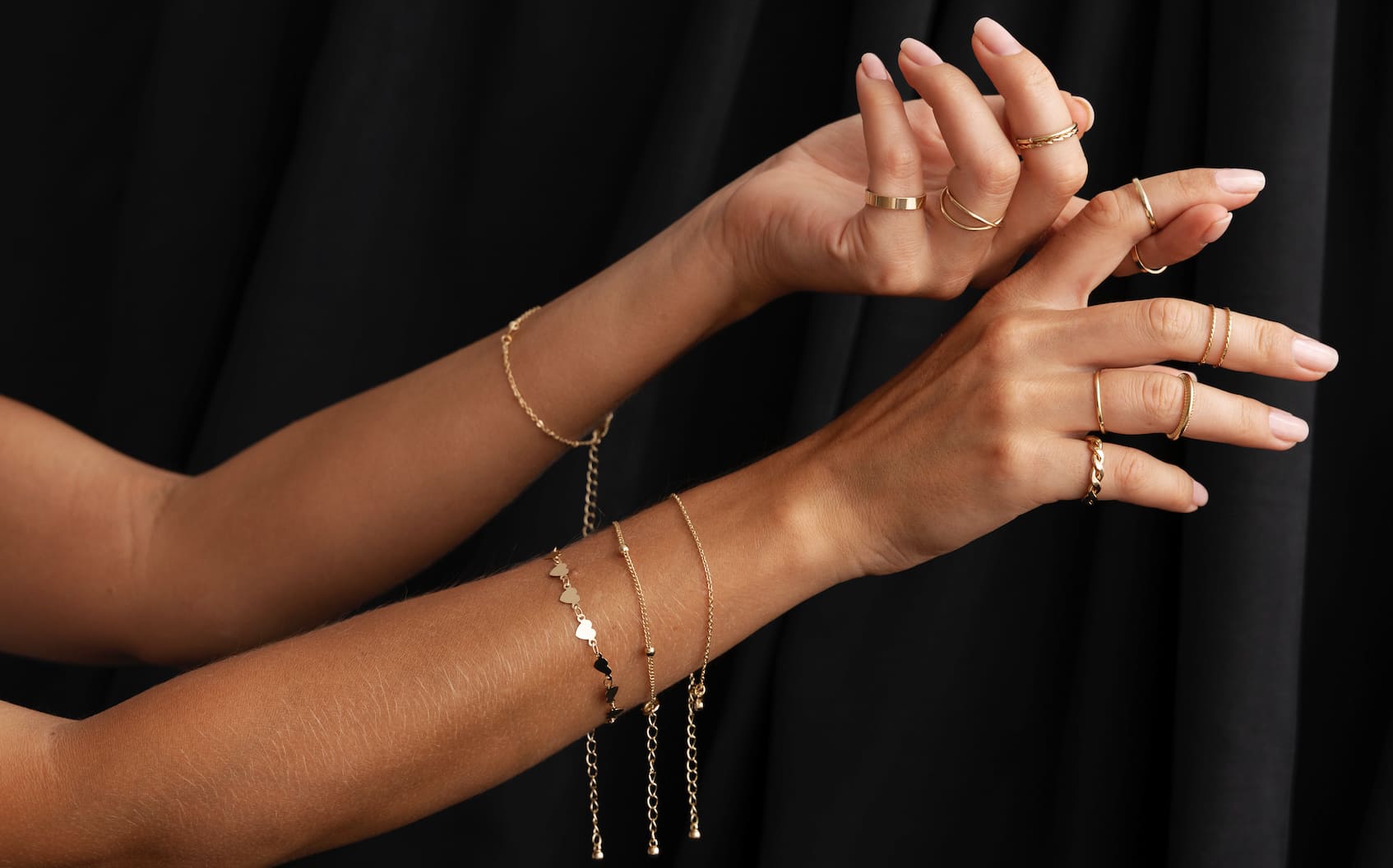
Bracelets are versatile pieces of jewelry that encircle the wrist and enhance the beauty of your hand. They can be made from a variety of materials including metal, leather, cloth, plastic, or beads. Bracelets can be adorned with gemstones, charms, or intricate patterns and can vary in thickness from delicate chains to robust cuffs. This versatility not only makes bracelets popular among diverse fashion styles but also allows them to be both a standalone statement piece and a subtle addition to a layered look.
What sets bracelets apart is their closure mechanisms, such as clasps, toggles, or adjustable slips, allowing for easy adjustment and movement. This flexibility adds both functionality and a decorative touch, making bracelets a fundamental accessory in both casual and formal wardrobes.
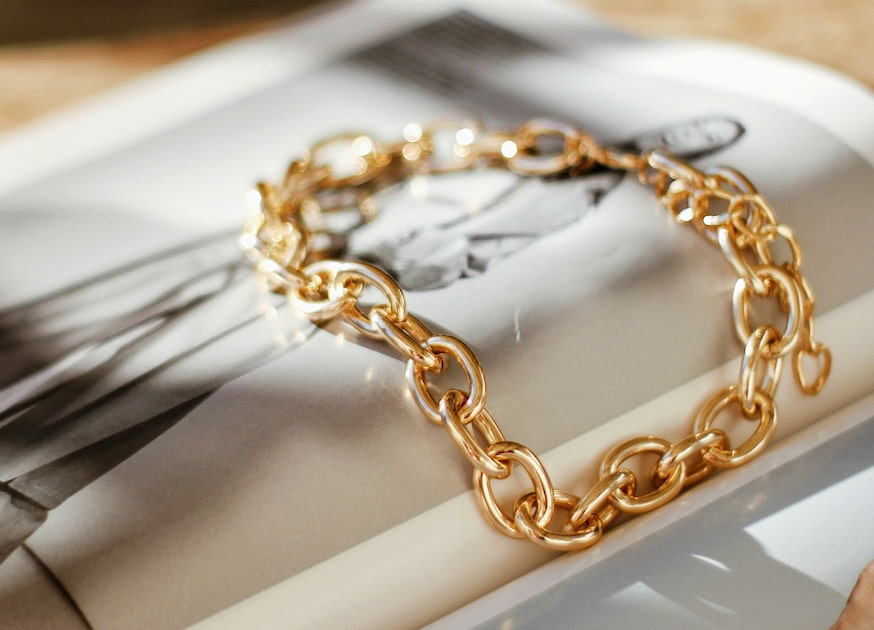
Bracelets have been adorning wrists since ancient times, evolving through various forms and materials to become the fashion staples we know today. The journey from primitive charms to modern-day statement pieces reflects cultural shifts and technological advancements in jewelry-making.
Ancient Egyptians crafted bracelets from bones, stones, and woods to signify status and adherence to deity worship. Greek soldiers wore leather bracelets thick enough to serve as a form of defense. The Romans, on the other hand, viewed bracelets as a display of wealth and power, often decorating them with precious stones and metals. In the medieval period, bracelets became more ornamental and symbolic, often exchanged as tokens of affection or loyalty.
The Industrial Revolution introduced new materials and mass-production techniques, transforming bracelets from exclusive luxury items to accessible fashion statements for the broader public. Today, bracelets remain a popular form of jewelry that echoes both the traditional and modern influences, reflecting personal tastes, cultural histories, and fashion trends through the ages.
So, what are bangle bracelets? Bangles are rigid, circular pieces traditionally made from metal, wood, glass, or plastic. They are usually slipped over the hand onto the wrist without the need for a clasp or opening, which gives them a seamless appearance. Bangles can be worn singly or in multiples, creating a charming clinking sound with every movement.
The solid form of a bangle can hold symbolic meanings in various cultures—representing luck, marital status, or even prosperity. Due to their rigid structure, bangles are often seen as a bold statement piece that can be both minimalist when worn alone or create a dramatic flair when stacked in multiples. Their simplicity and elegance make bangles a timeless piece of jewelry that transcends changing fashion trends.
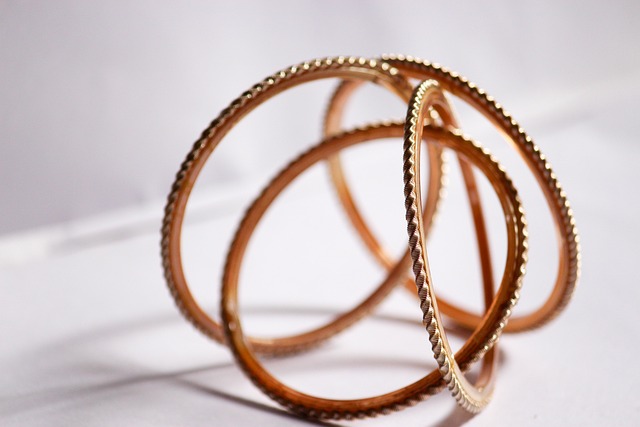
Now that you know "What is a bangle bracelet," let's explore its history as well. Bangles have adorned wrists for millennia, tracing back to ancient civilizations such as those in Mesopotamia, India, and Egypt. Archaeological finds have unearthed bangles made of terracotta, stone, and precious metals, indicating their significance in various cultural rites and as status symbols.
In places like India, bangles are much more than pretty ornaments. They hold deep cultural and symbolic meanings, particularly in weddings. Indian brides often wear bangles that vary in material and color, depending on regional and family traditions. These bangles can be made of glass, symbolizing good luck and protection in marriage, or be gold-plated, reflecting family heritage.
Over centuries, bangles have evolved but have consistently remained a staple in traditional ceremonies and everyday fashion, reflecting both the enduring cultural heritage and the evolving aesthetic preferences of societies.
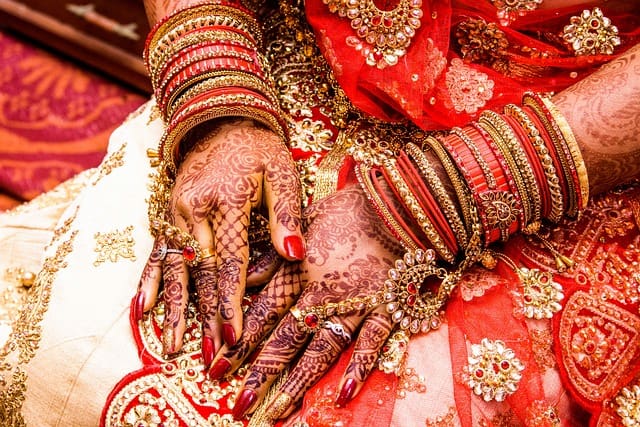
When distinguishing between bangles and bracelets, it's important to understand their key differences, which influence style, wearability, and cultural significance. Here are the main aspects that set bangles and bracelets apart:
As we've learned the bangle and bracelet difference, both come in a myriad of forms, each with its unique charm and fashion statement. Let's take a closer look:
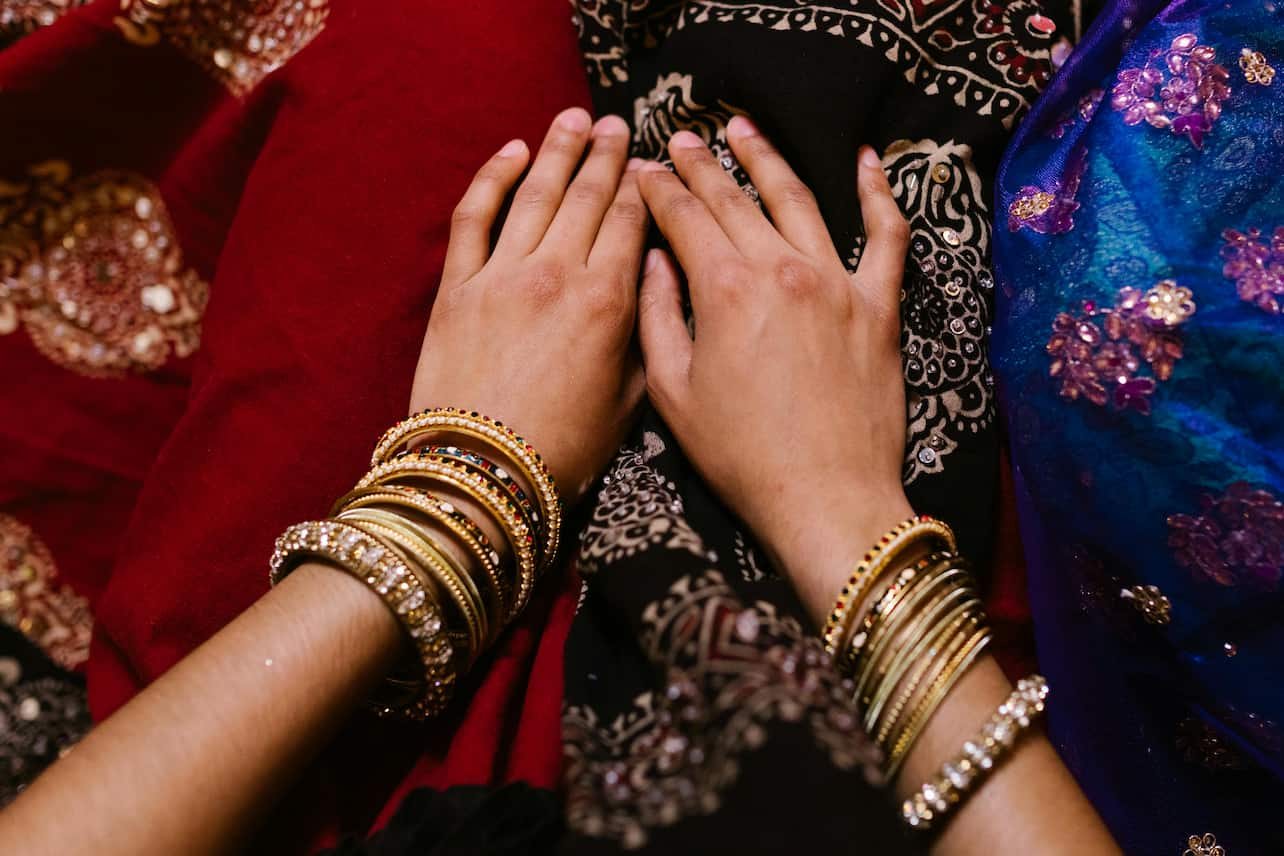
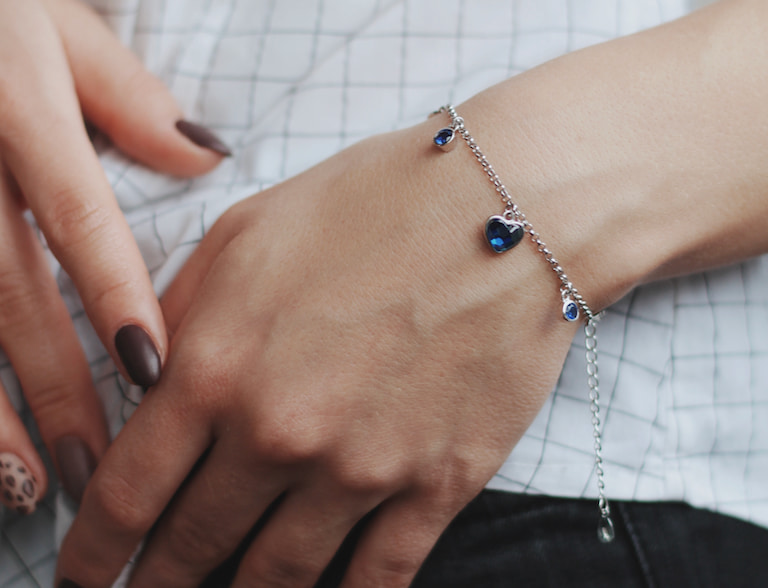
When picking the perfect bangle, it's all about understanding your style preferences and knowing what suits your daily activities. Here's a guide to help you make the best choice:
Choosing the right bracelet involves matching your accessory to the event and your outfit while keeping comfort in mind. Here's a practical guide to help you select the ideal bracelet for any setting:
Choosing to give a bangle or bracelet as a gift can be a thoughtful and stylish decision. Here's why they make excellent presents:
As we conclude our detailed comparison of bangle vs bracelet, we've explored their distinct styles, historical significance, and cultural values. Bangles, with their unbroken circle, symbolize continuity and are often cherished as heirlooms, embodying traditions and memories. Bracelets, on the other hand, offer versatility and personalization, suitable for everyday wear and special occasions alike. Whether you opt for the elegance of a bangle or the adaptability of a bracelet, each offers a unique way to express personal style and cultural appreciation.
A bracelet is considered a bangle when it is a rigid, circular piece that does not bend or flex. Bangles are typically slipped over the hand onto the wrist and do not have clasps or closures. They can be made from various materials such as metal, wood, glass, or plastic, and are often worn singly or in multiples to create a decorative effect.
Whether to wear bangles on both wrists depends largely on personal style, the occasion, and cultural practices. There is no definitive yes or no answer. In many cultures, wearing bangles on both wrists is a common practice that adds symmetry and balance to an ensemble, often seen in formal or festive occasions. However, for a more understated or contemporary look, you might choose to wear bangles on just one wrist.
Bangle colors can hold various meanings, often influenced by cultural, social, and personal beliefs. Generally, red symbolizes energy and prosperity, green stands for luck and fertility, yellow often represents happiness, and blue can denote tranquility. In many cultures, specific colors of bangles are worn during weddings, festivals, or as a symbol of marital status, reflecting the significance of tradition and cultural heritage in the choice of bangle colors.
Learn how to tie a clay bead bracelet with our step-by-step guide. Explore materials, popular designs, and expert tips to enhance your crafting experience.
Read MoreWondering "What color jewelry should I wear?" Learn how to select jewelry color based on your skin undertone, outfit choice, and seasonal trends here.
Read MoreDiscover how to clean stainless steel jewelry effectively. Learn about its properties, 3 easy cleaning methods with step-by-step guides, and maintenance tips.
Read MoreLearn how to clean brass jewelry effectively with these 5 methods. Get tips on how often to clean and store your brass jewelry properly to keep it sparkling.
Read More